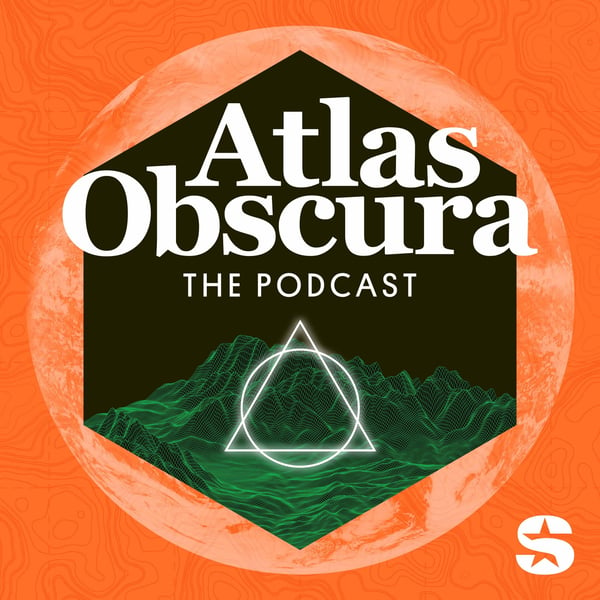The Brutalist (Places Edition)
The Atlas Obscura Podcast
SiriusXM Podcasts & Atlas Obscura
4.6 • 1.6K Ratings
🗓️ 10 March 2025
⏱️ 15 minutes
🧾️ Download transcript
Summary
Transcript
Click on a timestamp to play from that location
| 0:00.0 | Whether or not you saw the movie The Brutalist this year, you've probably heard a lot about it. |
| 0:11.3 | In the film, Brutalist architecture serves as a metaphor for resilience and transformation. |
| 0:17.8 | And because of all of the Oscar buzz around it, all of a sudden this architectural movement |
| 0:22.9 | born out of the ruins of the post-war United Kingdom is back in the zeitgeist. Critics of |
| 0:29.7 | brutalist architecture over the years have accused it of being drab and utilitarian. They've said |
| 0:36.4 | these hulking concrete buildings looked more like fortresses. |
| 0:40.7 | More than a few have accused them of being ugly. And while I can kind of see their point, |
| 0:46.8 | there's something powerful about these buildings when you consider them in the context they |
| 0:51.8 | were made. These structures were a violent rejection of the past and everything that came with it. |
| 0:59.0 | And clearly that resonated all over the world in the 20th century. |
| 1:03.5 | If you look through the Atlas archives, there's a brutalist Soviet-era hotel in Tashkent, |
| 1:08.6 | Uzbekistan. |
| 1:10.4 | There's the brutalist Barbican Estate, which feels like an entire |
| 1:13.7 | secret city hidden in London. There's even the Rio de Janeiro cathedral in Brazil, which can hold |
| 1:20.5 | 20,000 people and looks like something that Mayans from the future left behind. |
| 1:39.8 | I'm Diana Hubble, and this is Atlas Obscura, a podcast about the world's strange, |
| 1:47.9 | incredible, and wondrous places. Today, editorial fellow Roxanne Horn and I would like to take you to two places on opposite sides of the world that both evoke deep reverence and appreciation for an architectural style |
| 1:54.2 | not usually associated with beauty. |
| 1:57.2 | More after this. |
| 2:28.3 | Music More after this. Think back on some of the greatest artists of the Italian Renaissance. Titian in Venice, Raphael and Urbino,icelli in Florence. Their individual styles varied, |
| 2:37.0 | but a lot of their subject matter is the same. The Virgin Mary and Baby Jesus, the 12 disciples, |
| 2:44.0 | or several centuries worth of Catholic saints. And there's one obvious reason for this. |
... |
Please login to see the full transcript.
Disclaimer: The podcast and artwork embedded on this page are from SiriusXM Podcasts & Atlas Obscura, and are the property of its owner and not affiliated with or endorsed by Tapesearch.
Generated transcripts are the property of SiriusXM Podcasts & Atlas Obscura and are distributed freely under the Fair Use doctrine. Transcripts generated by Tapesearch are not guaranteed to be accurate.
Copyright © Tapesearch 2025.

